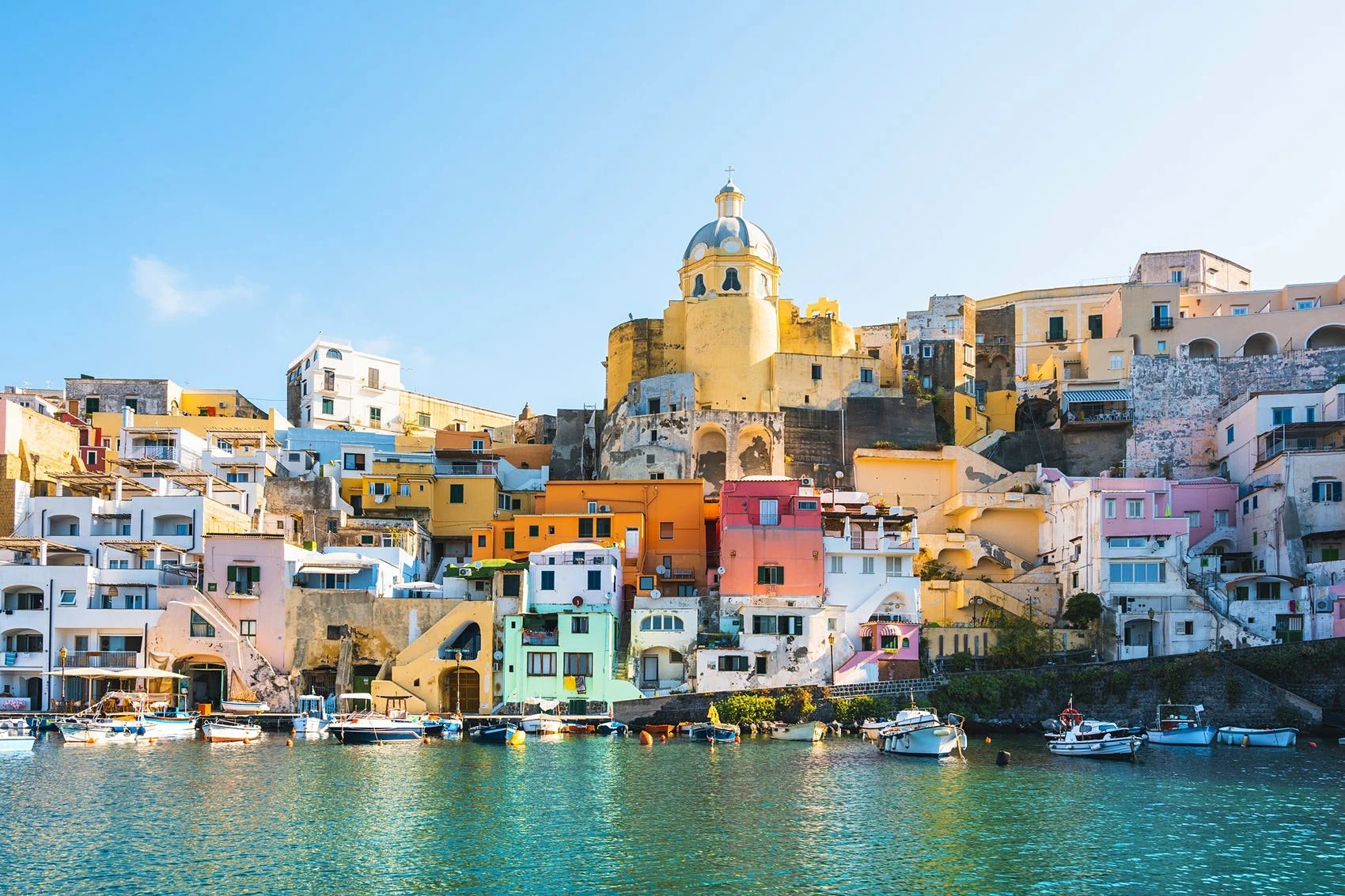Around the World with Seven Wonders
The Seven Wonders of the World, or rather, of the Ancient Mediterranean/Western Asian World have long disappeared from the map. Some have been completely and utterly destroyed, like the Colossus of Rhodes. Some you can see the very minimal ruins of, like the Mausoleum at Halicarnassus, which is just some stone foundations today. And one, the Hanging Gardens of Babylon, disappeared, were misrepresented in Greek writings, or may have never existed in the first place – historians aren’t sure. The only one still in existence is the Great Pyramids at Giza.
But, travelers, like me, want to see Wonders of the World. And in 2007, seven new ones were proclaimed, the “new” Seven Wonders of the World. And looking at them recently I realized, this isn’t just a list of amazing places to visit, but it is the most global and representative “best of” list I have ever seen.
The sites are: the Great Wall of China, the Christ the Redeemer Statue in Rio de Janeiro, Brazil, Machu Picchu, the Mayan city of Chichen Itza, the Roman Colosseum, the Taj Mahal, and Petra in Jordan. The Pyramids at Giza were granted emeritus status.
The seven “new” wonders of the world are actually spread across the globe. Three in the Western Hemisphere, 4 in the Eastern Hemisphere. Only ONE of the sites is in Europe. Think about that. Fully a third of the “places to go” lists are in Europe, and roughly 40 percent or so of UNESCO sites, but for this list, only one of seven of the wonders of the world are in Europe. Human achievement is far, far bigger than Europe, and these wonders reflect that.
One argument I hear often about why travel guides get so Eurocentric is a question of accessibility, namely that the Western sites are more accessible and thus more popular and visited. Leaving aside the millennial traveler’s obsession with finding the non-touristy “undiscovered” places, it’s not true that things are only accessible if they are in North America or Europe, even if you’re from the US. It’s cheaper for me, for example to fly to Hong Kong than it is to go to Prague, and my tickets to Lima were cheaper than I normally pay to fly to California.
Furthermore, all the sites listed are fairly accessible within their respective countries. I’ve only been to three of them, but they weren’t terribly difficult to get to. The Colosseum is in the center of Rome of course, but it was only a three-hour bus ride from central Beijing to get to the Great Wall - and I went to one of the further out and less touristed sections. Machu Picchu is a bit more work, a car and then train from Cusco, but it can technically be visited on a day trip (I highly recommend against that though) and the tourist infrastructure is well established. I’ve never been to the other four, but none of them are difficult to get to. It’s only a few hours to Chichen Itza from Cancun, Mexico. Petra in Jordan and Agra, the city in which the Taj Mahal is located, are only a few hours from their countries’ capital cities, Amman and Delhi, respectively. And the Christ the Redeemer statue is in the city of Rio de Janeiro, probably the most well-known city in Brazil.
Like all lists of key or important or “must see” places, this new one is, at least to some degree arbitrary. However, unlike many lists, the new Seven Wonders of the World they were voted on by, according to the foundation behind it, tens of millions of people. The list, unlike those written by travel writers or organizations, has its legitimacy effectively conferred by democracy. And it is interesting to note that the democratic vote for places was far more globalist than lists determined by the so-called experts/writers and travel publications. I’ve also seen this trend in Travel and Leisure’s “World’s Best,” which is at least partially based on reader’s votes, but I haven’t analyzed the hard data there yet. It’s just a perception.
To be clear, I don’t agree with everything on this list. I don’t get the big deal about the Christ the Redeemer statue. Personally, I’d remove it and instead have the moai of Easter Island, as they are both impressive constructions, and the product of one of, if not the most, impressive feats of navigation in human history, the Polynesian settlement of the Pacific islands. Or I’d just leave the Pyramids of Giza on there. My honorable mention would be the Temples at Angkor which is one of the most impressive sites I have ever visited. I don’t have strong feelings about Chitchen Itza. I’m more interested in other Mayan ruins, but that isn’t exactly a disagreement that Mayan cities deserve to be on the list. The others I will happily agree with though.
There is nothing inevitable about having a western focus for listing or determining the most important sites to visit. As the new list of Seven Wonders of the World shows, people and civilizations from everywhere have made incredible things, worth not just visiting, but lauding as proof of the wonders humanity creates.






